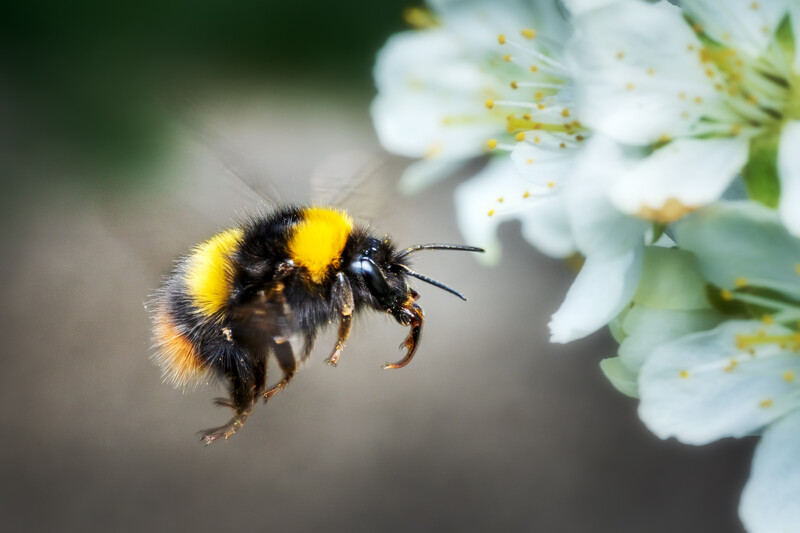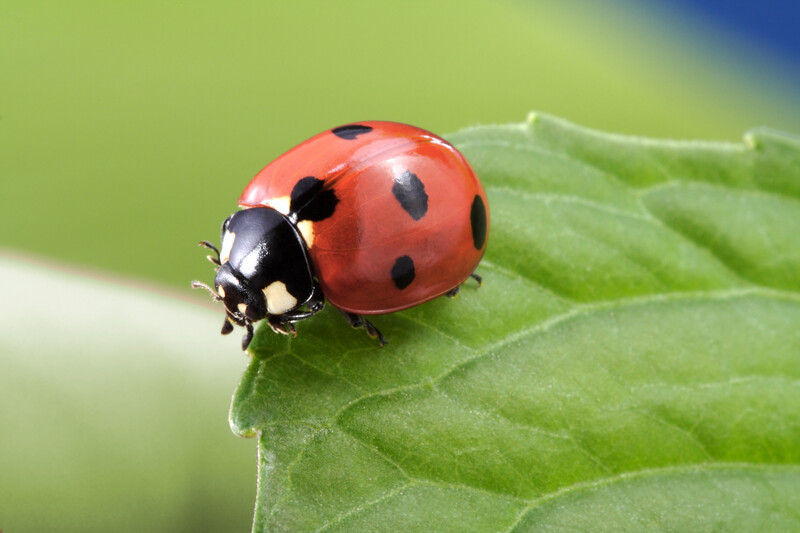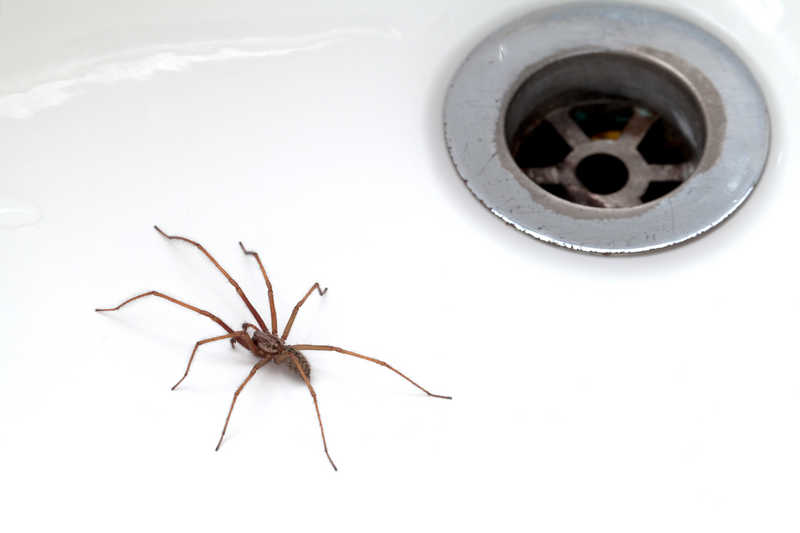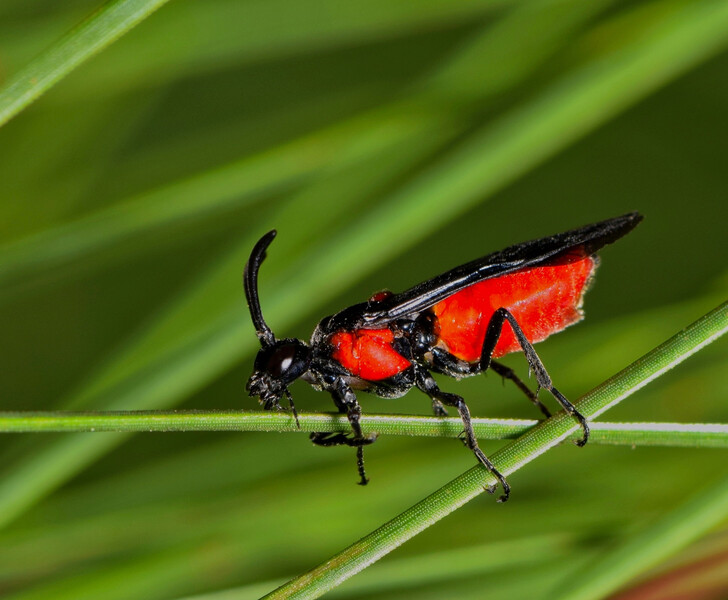- AppliancesElectriciansHVACLandscapingLocksmithPest ControlPlumbingRenovationRoofingT V RepairAll Home Improvement
- Car AccidentClass ActionCorporate LawCriminal DefenseDivorce LawEmployment LawFamily LawFinancial LawLegal AidMedical Injury LawyersMedical MalpracticeReal Estate LawWater Fire RestorationAll Legal
- InvestmentRetirementAll Finance
- Animal InsuranceAutoGeneral InsuranceHealth PolicyHome RentersAll Insurance
- DentalHealth SpecialistsAll Medical
- Animal CareVeterinaryAll Pets
- Auto GlassTowingAll Automotive
Are There Any Harmless Home Pests?

Unless you're a fan of creepy crawlies, all bugs are probably an unwelcome sight inside your home.
Read More Pest Control Articles
However, not all common household bugs are harmful, and some can even be beneficial.
Generally, you should consider any household pest dangerous if it poses a risk to your health, destroys your belongings or threatens the materials used to build your home. For example, scorpions are hazardous because they can inflict painful stings, and a few species are poisonous enough to cause life-threatening symptoms. Termites, moths and various other creepy crawlies feed on materials such as fabric, wood and paper, causing significant damage if left untreated.
However, that doesn't mean every creature setting up a home in your living space is a cause for concern. Certain species may look scary, but they're generally harmless unless they meet at least one of the above criteria.
Which Household Pests Are Harmless?
Certain household "pests" can actually help keep more troublesome creatures at bay. Others are vital parts of the ecosystem, and exterminating them could harm the environment. The following pests are usually harmless visitors.
Bumblebees
Bumblebees act as natural pollinators to both wild plants and commercial crops, and they're essential for maintaining healthy ecosystems. Discovering a bumblebee nest near your house can be alarming, but they're rarely aggressive unless you provoke them. Furthermore, they don't damage housing materials like other, more troublesome, insect species.

Ladybugs
Most people don't consider ladybugs to be pests, but there are good reasons to avoid squishing them if they find their way inside your home. These insects consume various harmful household pests, including fleas and mites. They also eat vast quantities of aphids — good news if you want to protect your plants from these sap-sucking critters.
More Related Articles:
- What to Look For When Hiring an Exterminator
- Are Pest Control Products Dangerous For Kids and Pets?
- What Are Ultrasonic Pest Repellers?
- 10 Ways to Prevent Termites
- How to Spray for Mosquitoes
Braconid Wasps
Generally, seeing large numbers of wasps around your home is bad news. Wasps can attack in swarms when they feel threatened, posing a danger to people and household pets. Certain species also feed on wood and other building materials, leading to significant property damage.
Braconid wasps are the exception to this rule because they don't sting. However, they do have rather unpleasant-sounding breeding habits that could be helpful to humans. These wasps lay their eggs inside garden pests such as caterpillars and aphids. When the larvae hatch, they consume the pest from the inside and prevent them from munching on your plants.

Spiders
Many people find spiders in their homes unbearable, but most species are completely harmless. Some house spiders can bite, but the majority are not venomous enough to harm humans or pets. Furthermore, they're highly unlikely to bite you in the first place. Rod Crawford, a spider expert at the Burke Museum in Seattle, estimates that even professional arachnologists only receive one or two spider bites throughout their entire careers.
Black widow and brown recluse spiders live in some regions of the United States and pose a risk to humans. However, these species are unlikely to bite unless you disturb their webs and don't target humans without provocation.
House spiders can also help keep more harmful pests at bay. Spiders feast on creepy crawlies such as moths, flies and mosquitoes and are a crucial part of the ecosystem.
Generally, there's no reason to panic if you see these harmless pests in your home or yard. Bumblebees, braconid wasps and ladybugs are unlikely to live inside houses. If you see one indoors, it probably flew inside accidentally. You can catch these bugs by placing a glass over them and carefully sliding a piece of cardboard underneath before releasing them back outside.
However, bumblebee nests can be more of an issue, especially if you have young children or pets. Bumblebees don't usually swarm, and they're unlikely to attack unless someone disturbs the nest. Conservation organizations don't recommend moving bumblebee nests unless you absolutely have to, but you could consider setting up a barrier to protect the nest from curious kids (and vice versa). Most bumblebee nests only last for two to three months before the queen dies.
It's usually safe to allow spiders to live inside your home unless you notice a dangerous species. If you're unsure whether your house guests are hazardous or you see large numbers of spiders, you could consider calling a pest control service to identify them. Otherwise, you can try gently relocating spiders to tucked-away spaces like attics or basements if you don't want them crawling around your living space. They probably won't survive if you move them outside.
Elocal Editorial Content is for educational and entertainment purposes only. Editorial Content should not be used as a substitute for advice from a licensed professional in your state reviewing your issue. Systems, equipment, issues and circumstances vary. Follow the manufacturer's safety precautions. The opinions, beliefs and viewpoints expressed by the eLocal Editorial Team and other third-party content providers do not necessarily reflect the opinions, beliefs and viewpoints of eLocal or its affiliate companies. Use of the Blog is subject to the
Website Terms and Conditions.The eLocal Editorial Team operates independently of eLocal USA's marketing and sales decisions.




